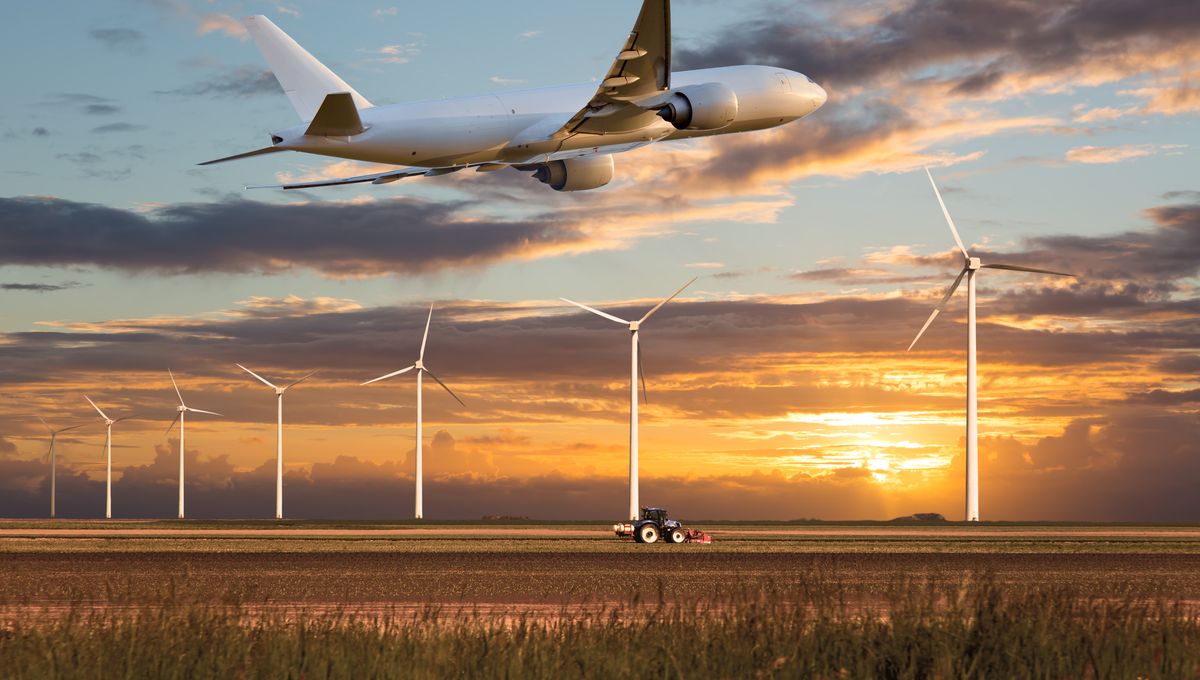
A solution has been announced to the apparently contradictory requirements for a highly energy-dense battery that works at very low temperatures. The work is still a long way from mass production, but suggests a major obstacle to electrifying aviation is not as insuperable as many have thought, along with a host of other potential applications.
Lithium-ion batteries have conquered most of the world, but they run into trouble at the poles. As temperatures drop, they charge more slowly and store less energy. Their reduced storage capacity in cold weather is an oft-stated reason for people to avoid electric cars, although famously cold Norway appears untroubled. Even if the problems in ordinary cold temperatures are overstated, things get worse at the sort of temperatures most of us hope to never encounter.
Limitations on use in winter in Antarctica aren’t really a problem for the global energy transition, but the altitudes jet planes fly at also get very cold. In addition to the challenges of making batteries light enough for large-scale airplanes, needing to keep them warm is a hassle aerospace engineers don’t want to have to deal with. Now it seems they might not have to.
The reason lithium-ion batteries are so averse to cold is that it has been thought that even more important characteristics, such as high energy density and fast charging capacity, can only be achieved over a narrow operating temperature range. Since most batteries will also need to operate at the sort of temperatures humans live in, that means sacrificing performance when temperatures drop.
The problem lies in batteries’ electrolytes, but a team led by Professor Xiulin Fan of Zhejiang University claim an electrolyte made using “small-sized solvents with low solvation energy” can do it all.
Existing electrolytes are good at conducting lithium ions and interacting with graphite anodes at temperatures like 25°C (77°F), but get worse at both as temperatures fall. High-concentration electrolytes and other alternatives avoid freezing at the anode interface, but only by being more viscous and therefore carrying fewer charges, reducing performance in normal conditions.
The team explored the performance of a range of solvents and found that three small-sized solvents can form Li+ transporting channels that facilitate fast ion movement. Two of these fail other basis requirements of battery electrolytes, but fluoroacetonitrile appears to meet all necessary criteria. The fact its acronym (FAN) is the same as two team members’ names is presumably just a happy coincidence.
Demonstration FAN electrolyte batteries show outstanding ionic conductivity at room temperature, the team claim, and also charge and discharge well from -80°C to 60°C (-112° to 140°F). At -70°C (-94°F), FAN’s performance beat some alternatives by a factor of around 10,000 times.
These batteries maintained their performance over 3,000 cycles at 6°C (43°F).
According to the South China Morning Post, Fan told the Chinese-language site Science Times the battery “can be charged in 10 minutes to reach 80 percent of charge capacity.”
The secret lies in the formation of two layers around the lithium ions, known as sheaths, both of which are smaller and more transportable than those in dilute carbonate electrolytes.
Lithium-ion batteries dominate the existing battery market largely because they are so light for the energy they can store. That makes them invaluable for laptops and mobile phones, and now for electric cars. The extra research that dominance drew in, plus economies of scale in manufacturing, means they are currently also the predominant technology for the rapidly expanding stationary battery market. However, when it comes to big batteries to soak up energy from solar panels during the day for use in the evening, many other technologies, using cheaper materials, are snapping at lithium-ion’s heels.
Fan’s team claim that their technology is “generalizable and can be expanded to other metal-ion battery electrolytes,” which will be good news for grid operators in colder regions looking for ways to balance energy generation in winter.
The work is published in Nature.
Source Link: Winter-Proof Lithium-Ion Battery Works At Minus 80 Degrees